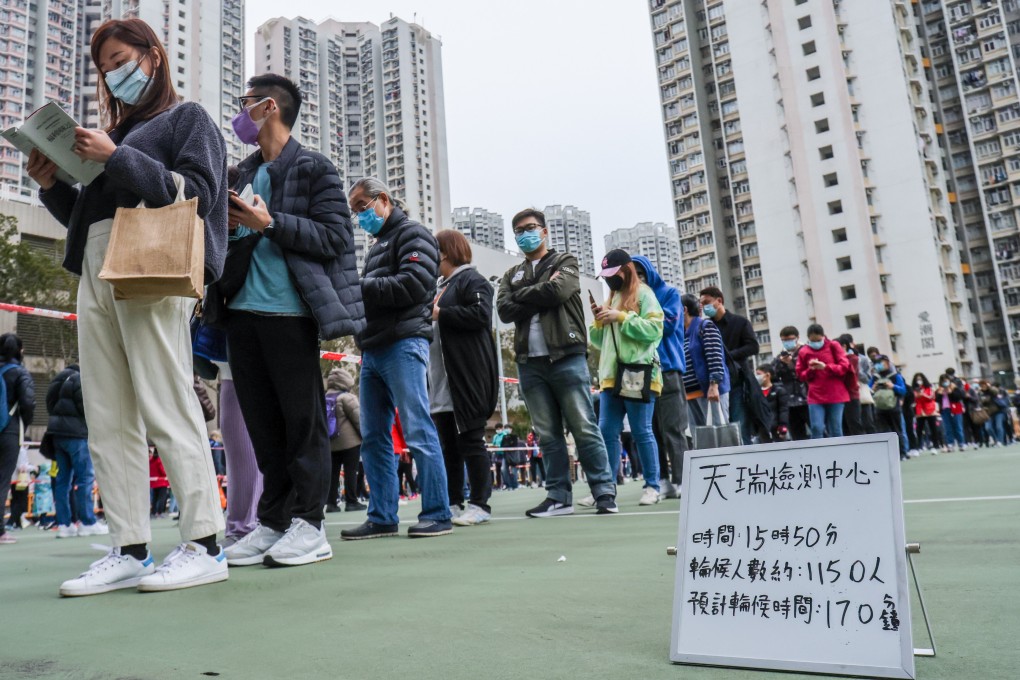City Beat | Hong Kong must walk the talk to achieve ‘dynamic zero-infection’ if ‘zero infection’ is mission impossible
- Government had been busy rolling out new measures but its efforts did not appear to be enough until Beijing stepped in over weekend by forming several cross-border task forces
- At this critical juncture of Hong Kong’s war against Covid-19, there is no room for any more misconception about the dynamic zero-infection concept

To be fair, the government has been following a “dynamic zero-infection” strategy, with Chief Executive Carrie Lam Cheng Yuet-ngor and her top officials involved in pandemic containment all busy rolling out new measures such as limiting cross-household gatherings, shutting down some businesses, and pushing for an expanded vaccine pass system.
Until then, unfortunately, inconsistencies in the government’s policies and confusing interpretations of two terms used in mainland China’s Covid-19 containment strategy – first “zero infection”, then “dynamic zero-infection”– puzzled and troubled Hong Kong’s public and businesses.
The city has adopted the mainland’s anti-pandemic approach, but the local government has kept emphasising “Hong Kong characteristics”. The key argument here is that the city is not ready to undertake compulsory universal testing – the open secret to the mainland’s success in quickly curbing outbreaks under the dynamic zero-infection strategy.

Hong Kong officials and experts are not convinced that such a sweeping mandate can be imposed here because of the city’s limited testing capacity, as well as the lack of public cooperation. As Lam herself once acknowledged, Hongkongers cannot be forced to do something they don’t want to.
That may well be the case but public sentiment could change under new circumstances, leaving us an ironic dilemma: Hong Kong’s official narrative has switched from zero infection first to dynamic zero-infection now; but how exactly the concept of “zero” cases should be defined is unclear, while mass testing remains a voluntary option.
